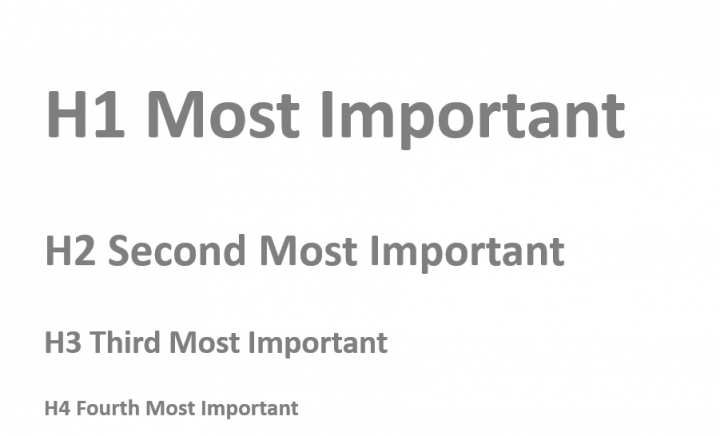When it comes to optimizing a website for search engines, headers play a critical role. Headers are the titles and subtitles that appear on a webpage, and they are used to structure content and make it more readable for users. In this guide, we’ll cover everything you need to know about headers, including why they are important for SEO, how to use them effectively, and best practices for optimizing headers on your website.
Why are headers important for SEO?
Headers are important for SEO for several reasons. First, they help search engines understand the structure of your content. Search engines use headers to identify a page’s main topics and determine the hierarchy of information. By using headers effectively, you can signal to search engines what your content is about and improve your search engine ranking.
Headers are also important for user experience. Users scan a page to determine if it contains the information they are looking for. Headers make it easier for users to navigate your content and find the information they need. If your content is well-organized with clear headers, users are more likely to engage with it and stay on your website longer.
How to use headers effectively
To use headers effectively, you need to understand the different levels of headers and how they are used. There are six levels of headers, ranging from H1 to H6. H1 is the most important header, and it should be used to indicate the main topic of the page. The other headers, H2 through H6, should be used to subdivide the content into subtopics and subsections.
When using headers, it’s important to follow a consistent hierarchy. Start with an H1 header for the main topic of the page, followed by H2 headers for subtopics, H3 headers for subsections, and so on. This hierarchy helps search engines and users understand the structure of your content.
Best practices for optimizing headers
To optimize headers for SEO, here are some best practices to follow:
- Use descriptive, keyword-rich headers: Your headers should accurately reflect the content on the page and include relevant keywords. This helps search engines understand what your page is about and improves your search engine ranking.
- Keep headers concise: Headers should be short and to the point. Ideally, they should be no longer than 70 characters. This makes it easier for users to scan your content and find the information they need.
- Use only one H1 header per page: Your page should only have one H1 header, and it should be used for the main topic of the page. Using multiple H1 headers can confuse search engines and harm your search engine ranking.
- Use subheaders to break up content: To make your content more readable, use subheaders to break up the text into smaller sections. This makes it easier for users to scan your content and find the information they need.
- Use header tags in order: To help search engines understand the structure of your content, use header tags in the correct order. Start with an H1 header for the main topic, followed by H2 headers for subtopics, H3 headers for subsections, and so on.
In conclusion, headers play a critical role in SEO and user experience. By using headers effectively and following best practices for header optimization, you can improve your search engine ranking and make your content more readable for users. Whether you’re optimizing your existing content or creating new content, it’s important to pay attention to headers and use them to their full potential.
Want to learn more about SEO? Sierra Echo Oscar Agency offers course through our SEO Video Coach site. Discover our informative SEO courses.

